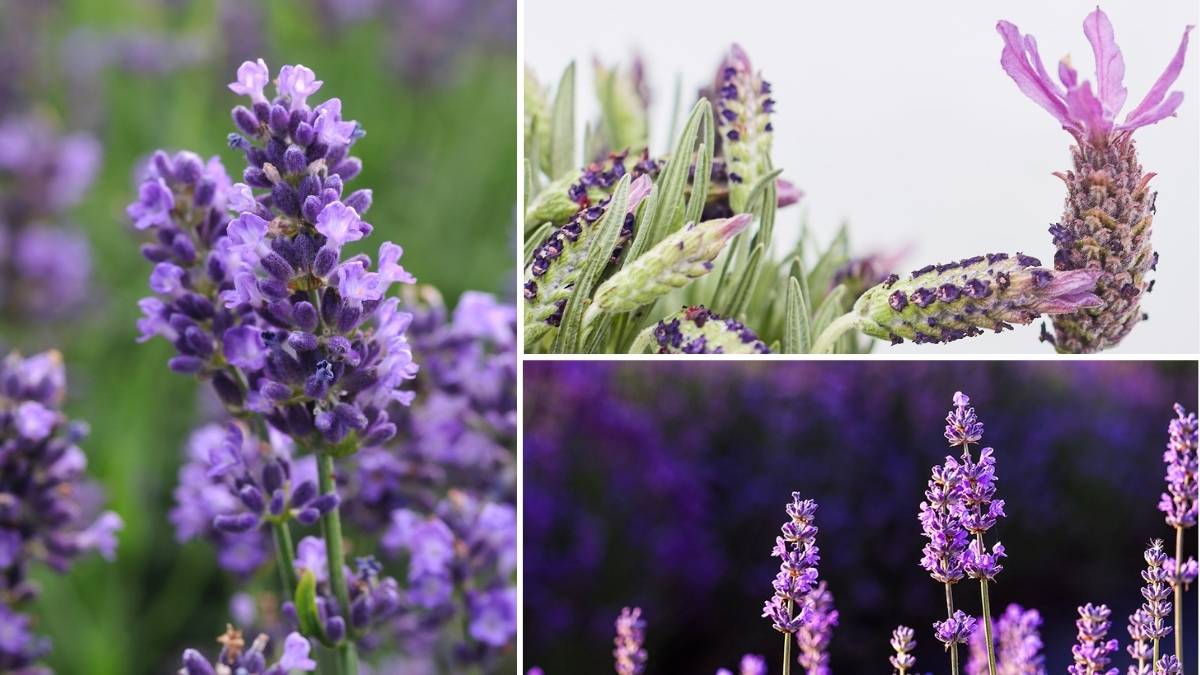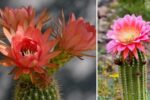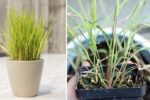Lavender has long been adored for its soothing fragrance, soft hues, and ability to bring a calm, romantic atmosphere to any garden. Beyond its beauty, lavender is hardy, easy to grow, and attracts pollinators like bees and butterflies. Whether you want to line a pathway, fill borders with color, or create a serene corner filled with scent, there’s a lavender variety for every garden style. Here are eight stunning lavender plants that can completely transform your outdoor space.
1. English Lavender (Lavandula angustifolia)
English lavender is one of the most popular and widely grown lavender varieties in the world. It’s loved for its classic fragrance, compact growth, and dense spikes of bluish-purple flowers that bloom in early summer. The silvery-green foliage remains attractive throughout the year, even after the flowers fade.
This type of lavender thrives in sunny spots with well-drained soil. It’s perfect for edging pathways or growing in containers, where its scent can be easily enjoyed. Popular cultivars like ‘Hidcote’ and ‘Munstead’ are especially known for their vibrant blooms and excellent cold tolerance.
2. French Lavender (Lavandula dentata)
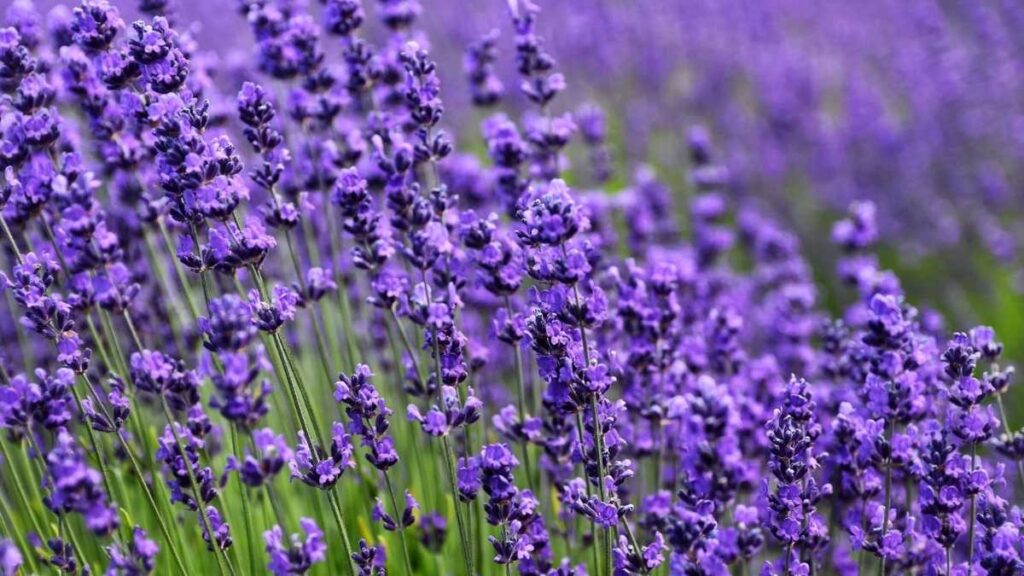
French lavender brings a slightly different charm with its distinct toothed leaves and elegant flower spikes topped with delicate bracts. It has a softer, less intense fragrance compared to English lavender, but it blooms for a longer period, often from spring to early autumn.
Its relaxed, airy appearance makes it ideal for informal garden designs or Mediterranean-style landscapes. French lavender does best in warmer climates and can be used as an ornamental plant in borders, rock gardens, or decorative pots.
3. Spanish Lavender (Lavandula stoechas)

Spanish lavender is easily recognized by its unique flower shape that looks a bit like a pineapple with petals on top. These “rabbit ears” give it a playful, whimsical look that adds a touch of personality to any garden.
It’s one of the first lavenders to bloom in spring and continues to flower throughout the warmer months. Spanish lavender prefers full sun and slightly dry conditions. It’s also drought-tolerant, making it an excellent choice for low-maintenance gardens. Varieties such as ‘Anouk’ or ‘Otto Quast’ are known for their strong fragrance and striking colors.
4. Lavandin (Lavandula x intermedia)
Lavandin is a hybrid between English and Portuguese lavender, combining the best traits of both. It’s taller, has longer flower spikes, and produces a more intense fragrance. Lavandin varieties are widely used in essential oil production due to their high oil yield and strong aroma.
This variety blooms in mid to late summer and is often grown for ornamental and commercial purposes alike. Popular types like ‘Grosso’ and ‘Provence’ are ideal for hedges or large garden borders where their size and scent can make a statement. Lavandin’s robust growth and long-lasting flowers make it a favorite for both gardeners and perfumers.
5. Portuguese Lavender (Lavandula latifolia)
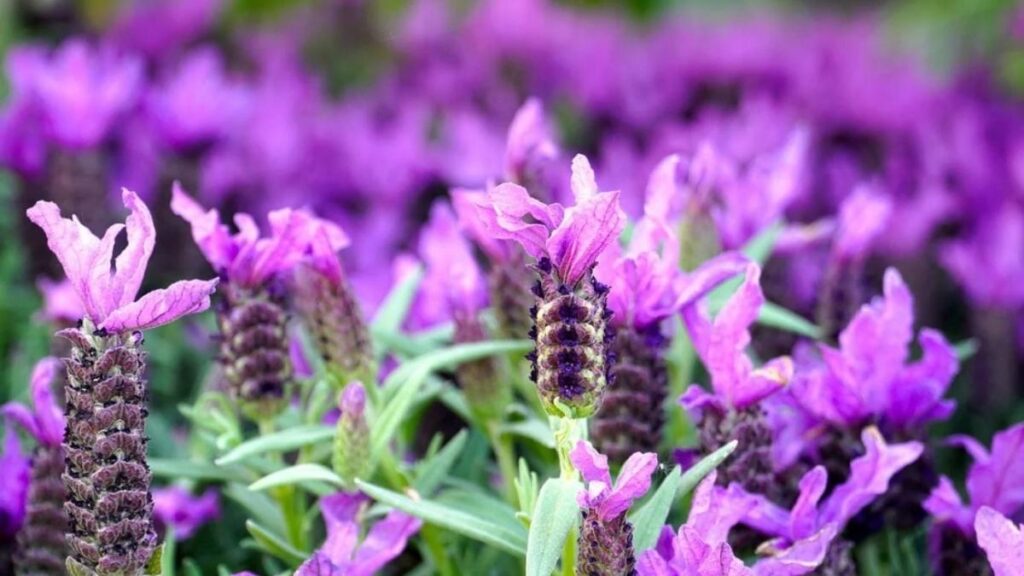
Portuguese lavender, sometimes called spike lavender, stands out with its broad leaves and tall, slender stems that carry clusters of lilac-blue flowers. It has a powerful, camphor-like scent that is different from the sweet fragrance of English lavender.
This variety prefers hot, dry climates and can thrive in poor soils where other plants struggle. Portuguese lavender is an excellent choice for adding height and structure to garden beds. It also blends beautifully with ornamental grasses and drought-tolerant plants in Mediterranean-style gardens.
6. Woolly Lavender (Lavandula lanata)
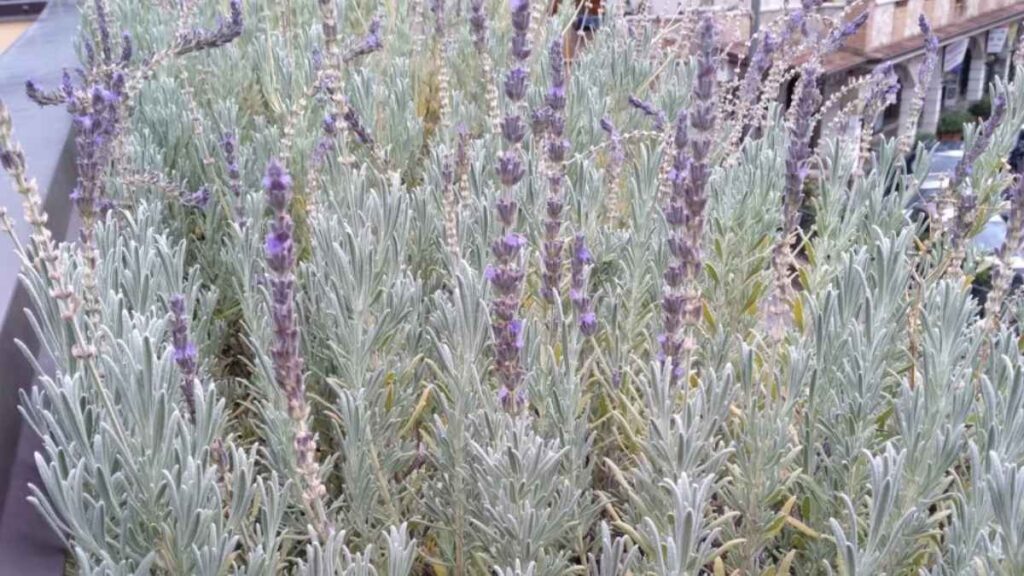
Woolly lavender is known for its silvery, velvety foliage that shimmers beautifully under sunlight. Its leaves are so soft that they almost feel like wool, giving the plant a distinctive texture even when it’s not in bloom. The deep purple flowers rise above the silvery leaves, creating a striking contrast.
This variety prefers warm, dry environments and excellent drainage. Woolly lavender adds both color and texture to rock gardens and borders. Because of its unique appearance, it’s often used to create visual interest in minimalist or modern garden designs.
7. Egyptian Lavender (Lavandula multifida)
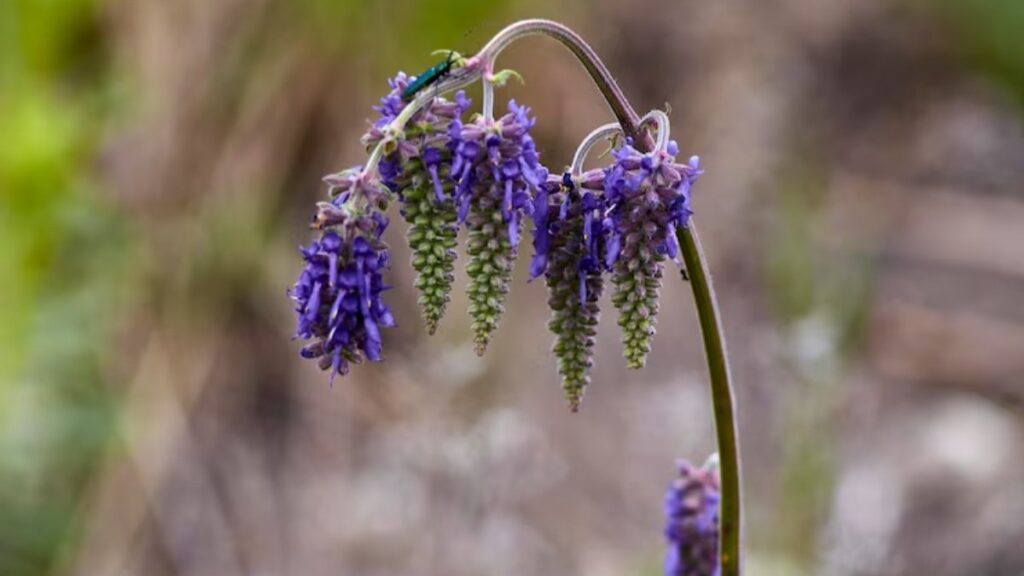
Egyptian lavender is an exotic species with finely divided, fern-like foliage and vivid purple flowers that bloom almost continuously in warm climates. It’s less hardy than some other types, but in the right conditions, it rewards gardeners with months of color and fragrance.
This variety thrives in coastal gardens and areas with mild winters. Its airy form and long flowering period make it a perfect addition to mixed beds and herb gardens. Egyptian lavender not only looks beautiful but also releases a strong, clean scent whenever you brush against its leaves.
8. Goodwin Creek Grey (Lavandula x ginginsii)
Goodwin Creek Grey is a hybrid lavender that’s particularly valued for its stunning silver-grey foliage and compact form. It produces rich violet-blue flower spikes that appear throughout the summer and even into fall in warm regions.
This variety is incredibly versatile it can be grown in pots, as a low hedge, or in borders. Its evergreen leaves maintain their color all year, making it a standout even when not in bloom. Goodwin Creek Grey also handles humidity better than many other lavenders, making it a great choice for gardeners in less arid climates.
Caring for Lavender in Your Garden
No matter which lavender you choose, a few key care tips will help your plants flourish. Lavender loves sunlight, so plant it in a spot that gets at least six hours of sun a day. It prefers poor, well-drained soil—too much moisture can lead to root rot. Pruning after flowering keeps the plant compact and encourages fresh growth for the next season. Avoid overwatering, and let the soil dry out between watering sessions.
Lavender also pairs beautifully with other sun-loving plants such as rosemary, sage, and ornamental grasses. Its fragrant foliage can deter some garden pests, while its flowers attract pollinators that help other plants thrive.
Bringing Beauty and Tranquility Home
Planting lavender isn’t just about adding color it’s about creating an experience. The soothing fragrance, soft movement of the flowers in the breeze, and subtle shades of purple can transform any outdoor space into a haven of calm and beauty. With so many varieties to choose from, you can easily find the right lavender for your garden’s climate and design style. Once planted, you’ll enjoy not just the look of lavender but its timeless charm that appeals to every sense.
